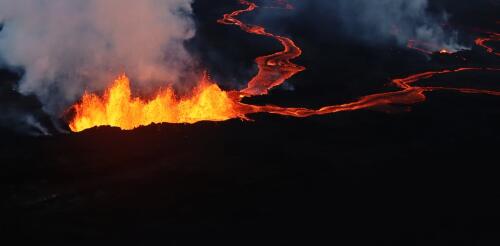Hawaii
Hawaii’s Mauna Loa, the world’s largest active volcano, began sending up fountains of glowing rock and spilling lava from fissures as its first eruption in nearly four decades began on Nov. 27, 2022. Where does that molten rock come from? We asked Gabi Laske, a geophysicist at the University of California-San Diego who led one of the first projects to map the deep plumbing that feeds the Hawaiian Islands’ volcanoes, to explain. Where is the magma surfacing at Mauna Loa coming from? The magma that comes out of Mauna Loa comes from a series of magma chambers found between about 1 and 25 miles (2 and 40 km) below the surface. These magma chambers are only temporary storage places with magma and gases, and are not where the magma originally came from. The origin is much deeper in Earth’s mantle, perhaps more than 620 miles (1,000 km) deep. Some scientists even postulate that the magma comes from a depth of 1,800 miles (2,900 km), where the mantle meets...
